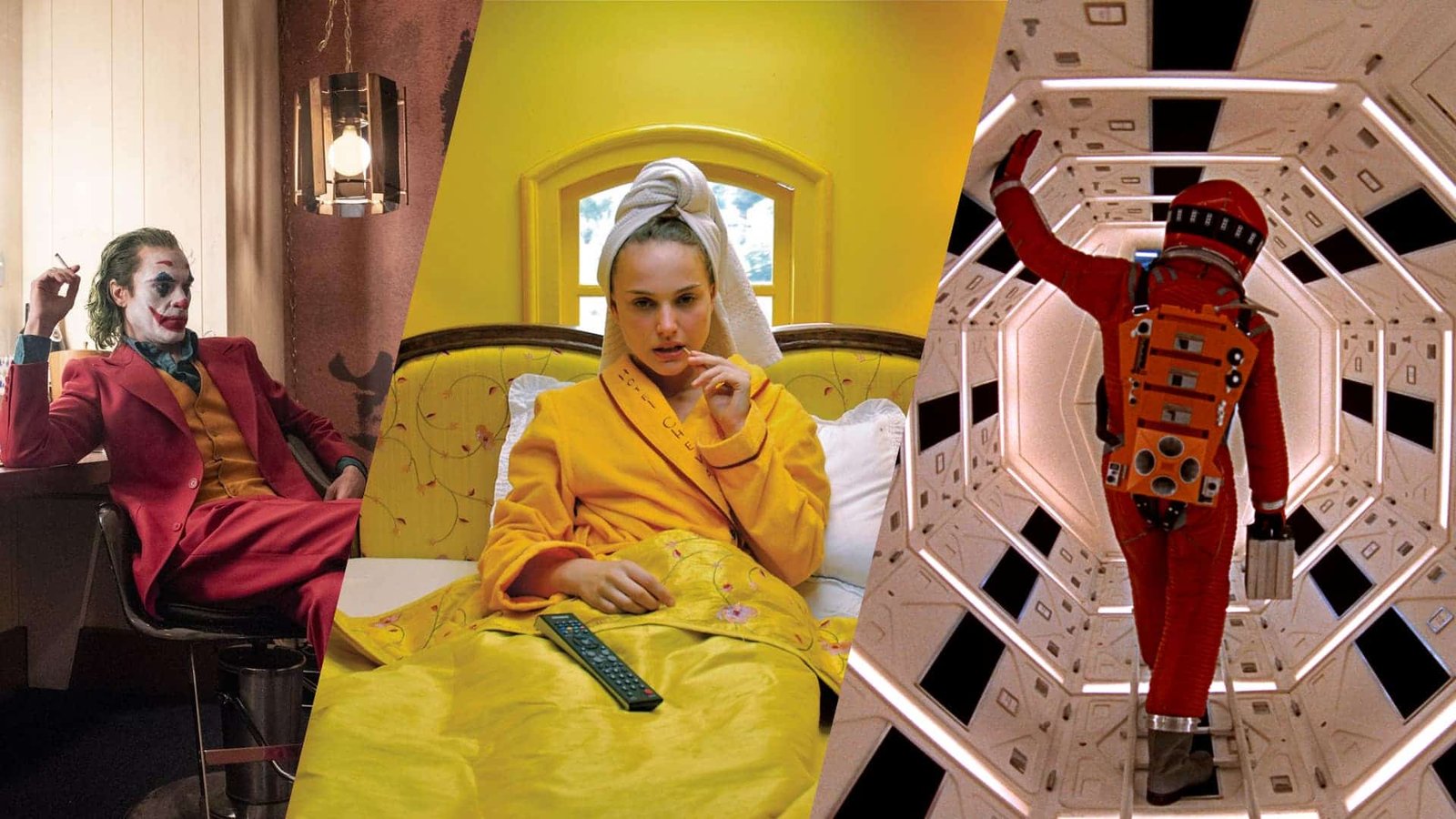Production design plays a crucial role in filmmaking, turning scripts into visual realities. It sets the mood, builds the world, and supports the story. Without effective production design, a movie would struggle to immerse its audience fully. Let’s explore how production design helps create iconic movies and why it is essential to the filmmaking process.
1. Establishing the Setting
Production design establishes the setting of a movie, whether it’s a bustling city, a distant planet, or a historical era. Designers craft the sets, props, and environments that bring the script to life. For instance, in films like “Blade Runner,” the futuristic cityscape creates a unique atmosphere. Similarly, historical dramas rely heavily on accurate production design to transport viewers back in time.
2. Defining the Visual Style
Visual style greatly influences how a movie feels and looks. Production designers work closely with directors to define this style. They choose colors, textures, and architectural elements that support the film’s themes. For example, Wes Anderson’s movies are known for their distinct visual style, characterized by symmetry and vibrant color palettes. This visual consistency is a result of meticulous production design.
3. Enhancing Character Development
Production design also plays a significant role in character development. It reflects characters’ personalities, backgrounds, and even their emotional states. A character’s home, clothing, and surroundings can say a lot about them. Think about how Bruce Wayne’s mansion in “Batman” reflects his wealth and solitude. Details like these add depth to characters without relying on dialogue.
Exploring Exciting Casino Games at King Johnnie
For anyone interested in an engaging online gaming experience, https://www.kingjohnnie.me/en/casino-games offers a wide array of thrilling options. Whether you’re a seasoned player or a newcomer to the online gaming world, their collection of high-quality casino games promises to keep you entertained for hours. With its seamless interface and exciting features, it’s a fantastic choice for any gaming enthusiast looking to explore a diverse range of games.
4. Supporting the Narrative
A strong production design supports the narrative by providing visual clues and context. For instance, in horror films, production design often includes dark, confined spaces that heighten tension. In contrast, romantic comedies might use bright, open settings to create a light-hearted mood. The design choices directly impact how the audience perceives the story.
5. Creating Memorable Moments
Iconic movies often have memorable scenes that stick with audiences long after the credits roll. Production design contributes to these moments by crafting the perfect backdrop. For example, the Overlook Hotel in “The Shining” is almost a character itself. Its eerie design amplifies the movie’s psychological horror. Memorable sets become symbols of the films they belong to.
play pokies online nz
Thefrequencymass.com appears to be a website focused on music or sound-related content. While visitors explore frequencies and audio experiences, some might also enjoy online entertainment during their leisure time. For those in New Zealand seeking engaging digital games, you can easily play pokies online nz. Discover a variety of thrilling online slot games for entertainment and potential winnings after enjoying some great music.
6. Bridging Reality and Imagination
Production design bridges the gap between reality and imagination. It allows filmmakers to create believable worlds, even if they are entirely fictional. In fantasy and science fiction, production design is especially crucial. It convinces the audience that what they are seeing could exist. For example, the elaborate sets of “The Lord of the Rings” series brought Tolkien’s fantasy world to life. This level of detail draws viewers deeper into the story.
7. Contributing to Film Genre
Production design also defines and distinguishes film genres. A noir film, for example, will have a vastly different design than a sci-fi blockbuster. Dark alleys, moody lighting, and shadowy figures are staples of noir production design. Meanwhile, sci-fi might use sleek, futuristic interiors with advanced technology. Production designers tailor their work to fit the genre, ensuring consistency in tone and style.
8. Collaborating with Other Departments
Production design does not stand alone; it collaborates with costumes, lighting, and cinematography. Together, these elements create the film’s overall aesthetic. A well-coordinated production design enhances the impact of these other departments. For instance, a costume might blend seamlessly with the set, creating a cohesive visual experience.
9. Evoking Emotions
Lastly, production design has the power to evoke emotions. The right design can make a viewer feel happy, sad, tense, or nostalgic. For instance, the warm, inviting design of the Shire in “The Lord of the Rings” evokes comfort and peace. In contrast, the bleak, cold design of Mordor stirs feelings of dread. Production design taps into our emotions, enhancing the storytelling experience.
In conclusion, production design is a vital component of filmmaking. It shapes the visual world of a movie, supports the narrative, and helps define the characters. Without it, films would lack the depth and immersion that make them iconic. So, next time you watch a movie, take a moment to appreciate the production design that brings it all together.




